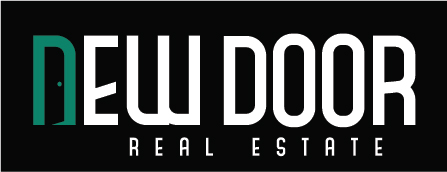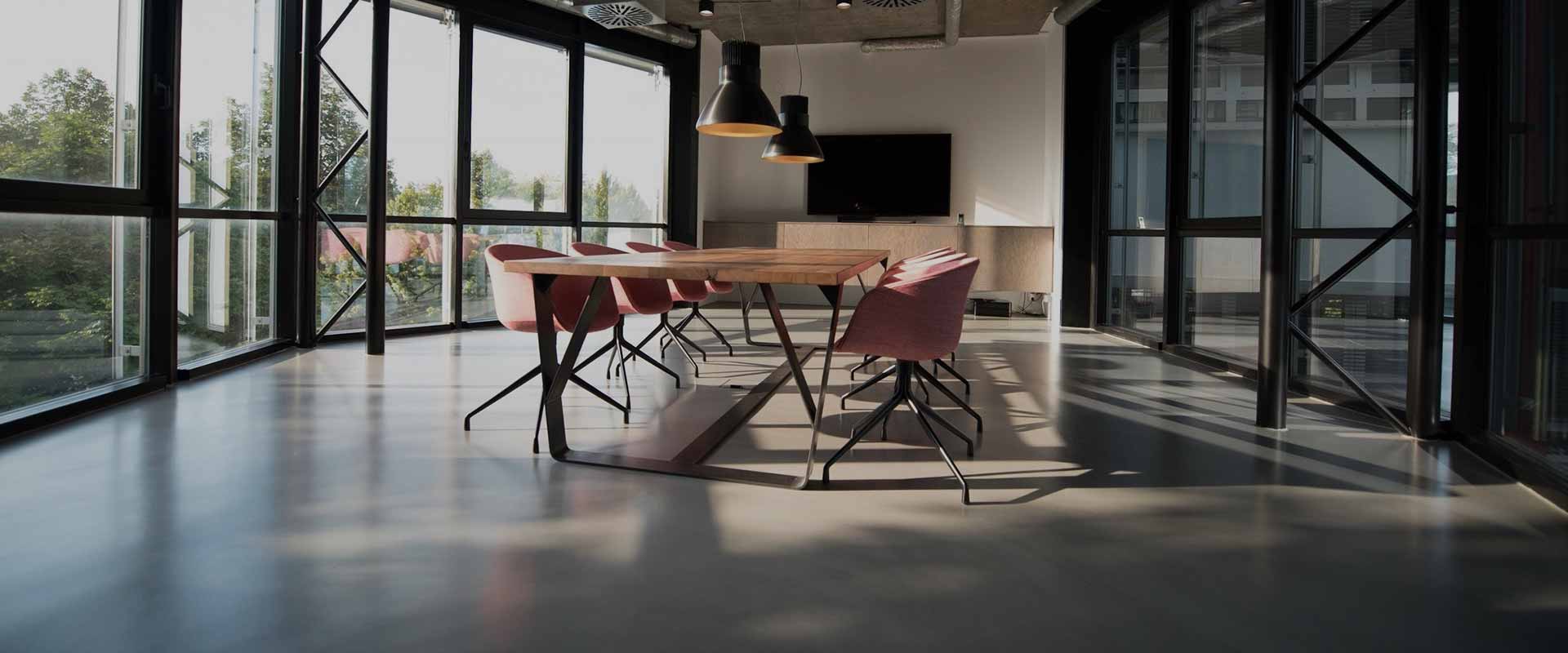What is a laser rust removal machine and how does it work in industrial applications
A laser rust removal machine is an advanced industrial tool designed to remove rust, paint, and other contaminants from metal surfaces using laser technology. Unlike traditional methods, such as abrasive blasting or chemical stripping, laser rust removal utilizes high-powered laser beams to clean surfaces without the need for direct contact with the material being cleaned. This method has become increasingly popular in various industries due to its efficiency, precision, and environmentally friendly nature.
How Laser Rust Removal Machines Work:
The fundamental principle behind a laser rust removal machine is the use of a focused laser beam that is directed at the rusted surface. The laser beam is typically created using a fiber laser, which emits a concentrated beam of light that can be precisely controlled. The laser works by delivering high-energy pulses of light to the surface of the metal, which causes rapid heating and expansion of the rust layer.
When the laser strikes the rust or other contaminants, the energy from the laser heats the material to the point where it vaporizes or shatters. This allows the rust or coating to be removed, leaving the underlying metal surface clean. The process is highly effective because the laser can target specific areas without affecting the surrounding metal, reducing the risk of damaging the substrate.
Advantages of Laser Rust Removal:
- Precision and Control: One of the key advantages of using a laser rust removal machine is the level of precision it offers. The laser can be focused on small or intricate areas, making it ideal for cleaning delicate or complex parts. Additionally, the intensity and duration of the laser pulses can be adjusted, providing control over the depth and extent of the cleaning process.
- Environmentally Friendly: Traditional rust removal methods often generate waste materials such as abrasives or chemicals. Laser rust removal, on the other hand, does not require any consumables like abrasive grit or toxic chemicals, making it an environmentally friendly alternative. The process generates minimal waste and does not release harmful substances into the environment.
- Non-contact Cleaning: Unlike abrasive methods, which physically wear down the surface of the material, laser rust removal is non-contact, meaning there is no physical abrasion of the substrate. This reduces the risk of damaging the metal surface, especially for delicate or thin materials. Additionally, it eliminates the need for aggressive mechanical methods that can cause wear or deformation.
- Minimal Heat-Affected Zone: Laser rust removal produces a minimal heat-affected zone (HAZ), meaning that the surrounding metal remains largely unaffected by the high temperatures generated by the laser. This is particularly important when working with heat-sensitive materials, as it prevents warping or distortion of the metal.
- Versatility: Laser rust removal machines are highly versatile and can be used on a wide range of materials, including steel, aluminum, and copper. They are also effective for removing a variety of contaminants, such as rust, paint, oil, and other coatings, making them suitable for diverse industries like automotive, aerospace, manufacturing, and heritage conservation.
Applications of Laser Rust Removal Machines:
- Automotive Industry: In the automotive sector, laser rust removal machines are used to clean metal parts of vehicles, including body panels, frames, and components. The precise and non-invasive nature of the laser makes it ideal for cleaning intricate parts without causing damage to the underlying material.
- Aerospace Industry: Aerospace components often require high levels of precision and cleanliness to maintain their performance and safety standards. Laser rust removal is used to remove rust, corrosion, and other contaminants from critical parts, such as engine components, landing gear, and structural elements.
- Heritage Conservation: Laser rust removal is also utilized in heritage conservation and restoration projects. Artifacts, sculptures, and historical structures that have been exposed to rust and corrosion over time can be carefully cleaned without damaging their surface details. This method allows for the preservation of delicate historical items.
- Manufacturing and Heavy Industry: In heavy manufacturing and industrial environments, laser rust removal is used for cleaning equipment, machinery, and metal components. It is particularly useful for preparing surfaces for further processing, such as painting, welding, or coating, ensuring optimal adhesion and longevity.
Challenges and Considerations:
While laser rust removal offers numerous benefits, there are some challenges to consider. The cost of purchasing and maintaining laser rust removal equipment can be higher compared to traditional methods. However, this cost is often offset by the efficiency, precision, and long-term benefits of the technology. Additionally, laser systems require skilled operators who can manage the equipment and ensure optimal results.
Conclusion:
Laser rust removal machines represent a significant advancement in industrial cleaning technology. With their ability to precisely remove rust and contaminants without physical contact, they offer numerous advantages over traditional methods, including improved efficiency, minimal environmental impact, and the ability to clean delicate or intricate surfaces. As industries continue to prioritize sustainability and precision, laser rust removal machines are likely to play an increasingly important role in maintaining the integrity and appearance of metal surfaces across various sectors.




